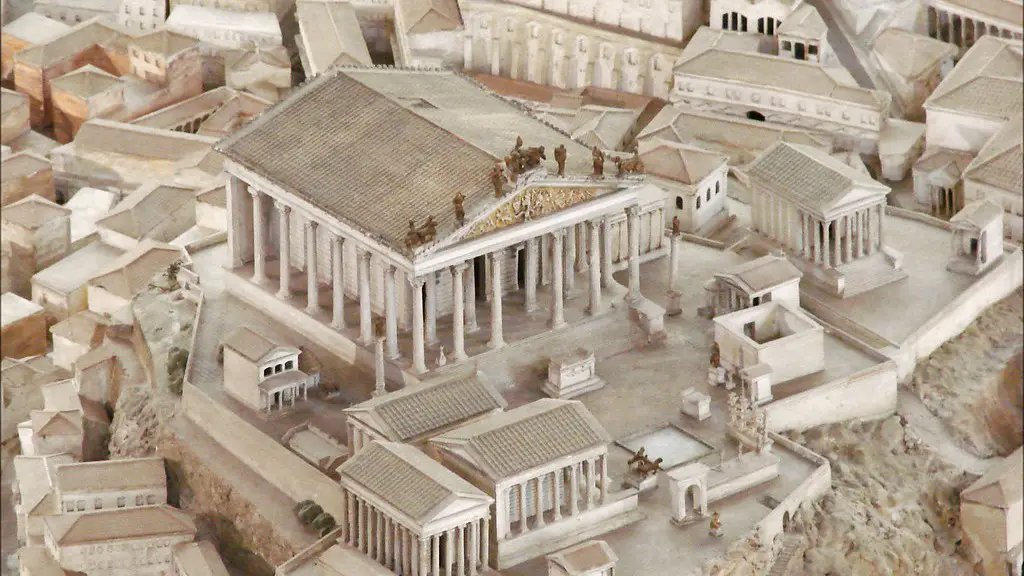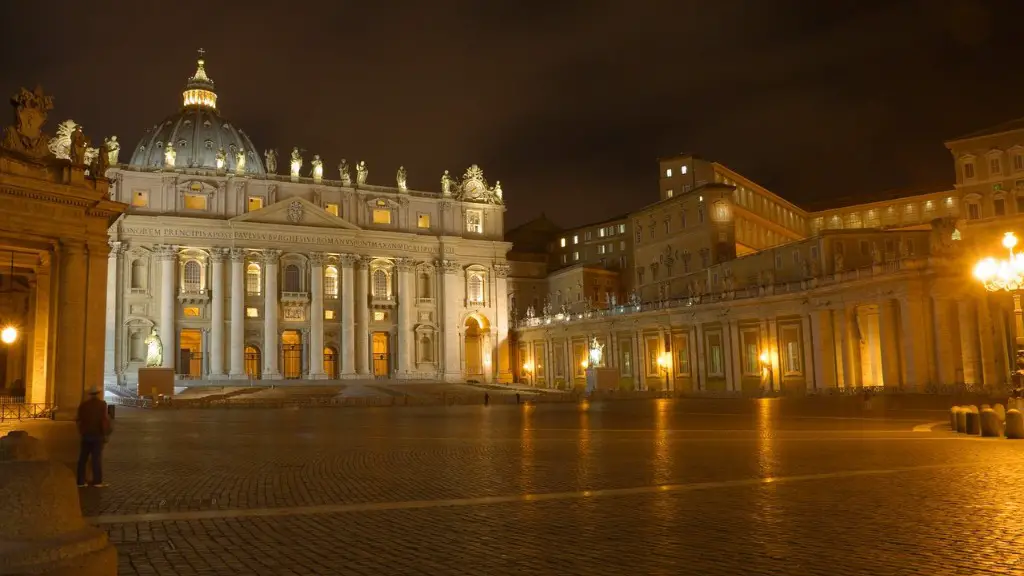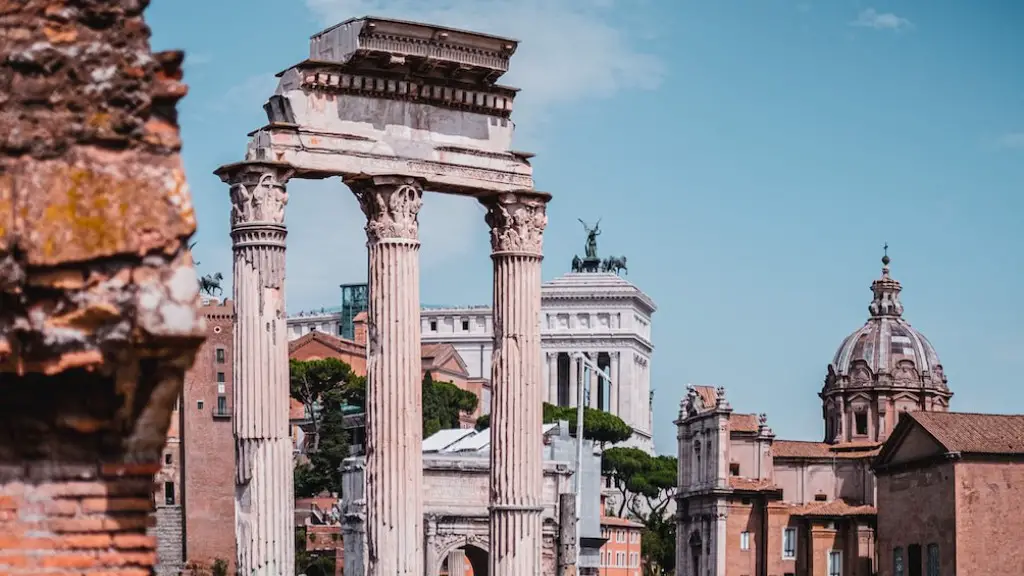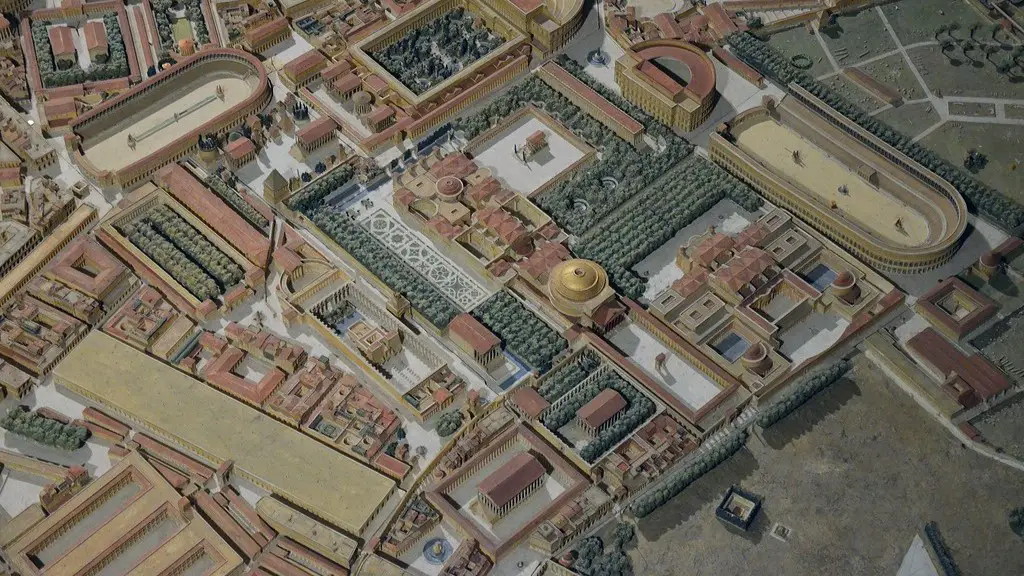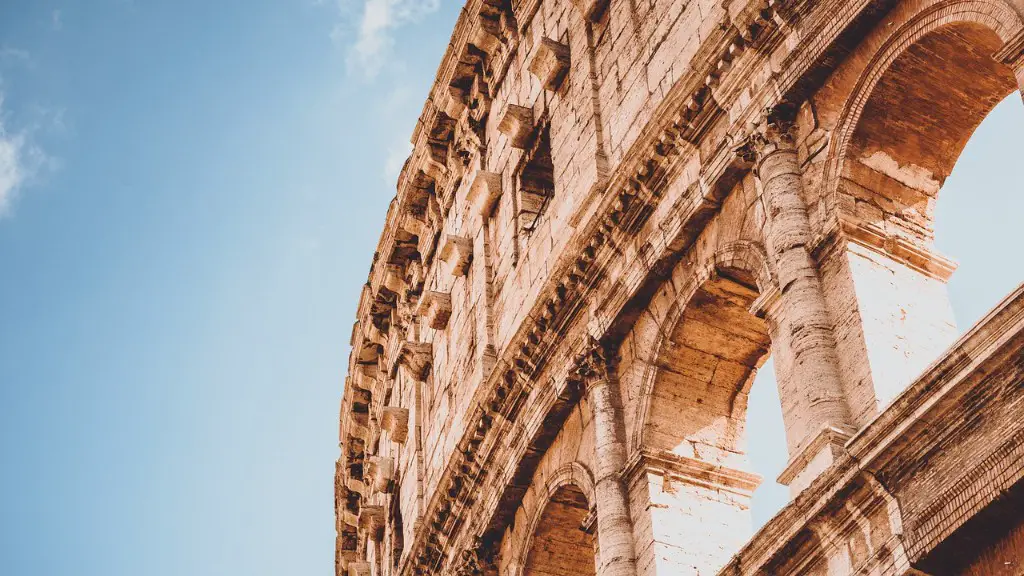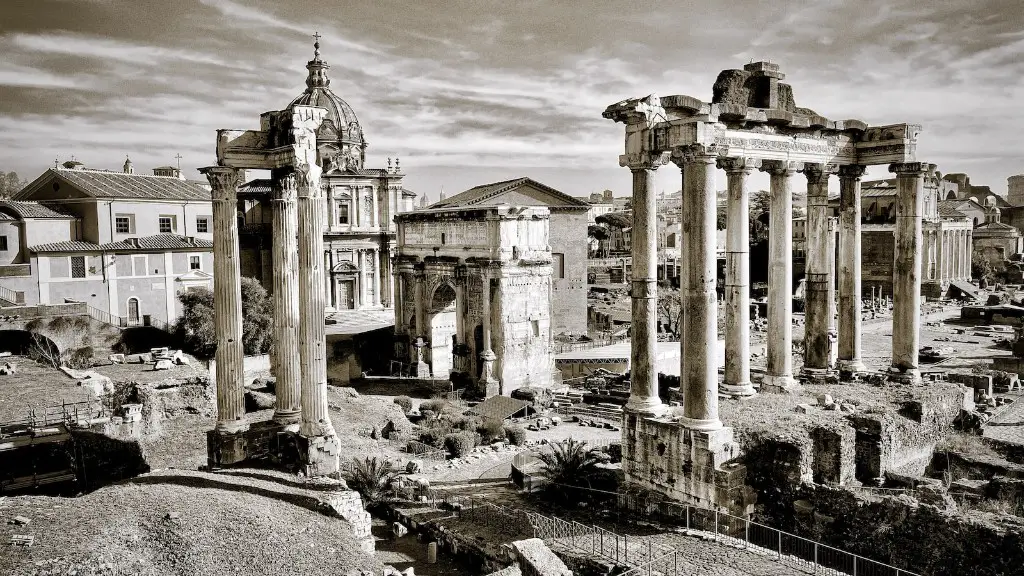The assembly was the principal democratic institution of the Roman Republic. It functioned as a forum in which Roman citizens voted on legislative, judicial, and military matters. The assembly was also responsible for electing Rome’s political leaders, including the consuls, praetors, and censors.
The assembly in ancient Rome was a group of citizens who were gathered together in order to make decisions on various matters. This assembly was an important part of the Roman government, as it allowed the people to have a say in how their country was run.
What were people’s assemblies in Rome?
The three citizen assemblies in Rome were the Comitia Curiata, Comitia Centuriata and the Comitia (Plebis) Tributa (or Concilium Plebis or Populi Tributa). They were each composed of all Roman male citizens, requiring individuals to attend in person in order to vote. The Comitia Curiata was the oldest of the three and was responsible for confirming the election of the Roman king. The Comitia Centuriata was used for voting on military matters and for the election of the consuls, the highest ranking officials in the Roman Republic. The Comitia (Plebis) Tributa was used for voting on legislation proposed by the Roman tribunes, who represented the interests of the plebeian class.
The Tribal Assembly was organized as an Assembly, and not as a Council. This was because during the years of the Roman Republic, citizens were organized on the basis of thirty-five Tribes which included patricians and plebeians. The Tribes gathered into the Tribal Assembly for legislative, electoral, and judicial purposes.
What did the Roman assembly of tribes do
The tribal assembly was a nonmilitary civilian assembly in Rome. It met within the city inside the pomerium and elected magistrates who did not exercise imperium (plebeian tribunes, plebeian aediles, and quaestors). It did most of the legislating and sat as a court for serious public offenses.
The Centuriate Assembly was one of the three voting assemblies in the Roman constitution. It was named the Centuriate Assembly as it originally divided Roman citizens into groups of one hundred men by classes. The Centuriate Assembly was responsible for electing the consuls, the highest ranking magistrates in the Roman Republic.
What is the difference between Senate and assembly in ancient Rome?
The Roman Senate was the central policy and decision making body of the Roman Republic. The Senate was made up of upper class citizens who were elected to represent the interests of the Roman people. The Senate had the power to pass laws, ratify treaties, and elect officials. The Roman assemblies were required to ratify laws and elect officials, and act as a source of legitimacy.
During the Roman Republic, two different assemblies were responsible for electing magistrates, exercising legislative power, and making other important decisions. Only adult male Roman citizens could attend the assemblies in Rome and exercise the right to vote. This meant that the popular assemblies were an important tool for the Roman people to exert their power and influence.
How long did Roman assemblies serve?
There were two types of laws in Ancient Rome: the Twelve Tables, which were created in 449 BCE, and theunia, or plebiscite, which was created in 367 BCE. The Twelve Tables were written down and posted in public places so that everyone could know the law. The Twelve Tables only applied to patricians, however, and not to Plebeians. The unia was a law that could be proposed by either the Consuls or the Plebeian Council, and then voted on by the Roman Assembly. If the unia was approved by the Assembly, it became law. However, if the Senate did not approve of the unia, they could overturn the decision of the Assembly.
The assembly was a second part of Roman government that was elected by the plebeian class. The assembly had the power to pass laws, elect officials, and declare war.
How many Roman assemblies were there
There were two assemblies in the Roman Republic, the centuriate assembly and the tribal assembly. The centuriate assembly was military in nature, and composed of voting groups called centuries. The tribal assembly was a nonmilitary civilian assembly.
The Senate most commonly met in the Curia, a public building in Rome. The first was the Curia Hostilia, used in the early kingdom, then the Curia Cornelia, built by Sulla, and finally the Curia Julia, built by Caesar, finished by Augustus and used thereafter.
What powers did the assembly have?
The Assembly is one of the six main organs of the United Nations, and is the main deliberative body of the UN. It is responsible for making recommendations to States on international issues within its competence, and also takes actions across all pillars of the United Nations, including with regard to political, economic, humanitarian, social and legal matters. The Assembly has a vital role in the maintenance of international peace and security, and is thus a key player in the work of the UN.
The Roman assemblies were organizations of the people that had the power to vote on laws and elect magistrates. Their job was to exercise the legislative power of the people and to make sure that the government was run smoothly. The assemblies were based on the principle of group voting, which meant that each assembly was made up of a group of people who were allowed to vote on behalf of the entire group. This system was used to ensure that the people had a say in the government and that the government was accountable to the people.
What was the assembly of plebeians
The Concilium Plebis was the principal assembly of the common people of the ancient Roman Republic. It was founded in 494 BC as an advisory body to the Roman Senate. Originally only open to men of patrician status, it was later opened to all Roman citizens. The Concilium Plebis played a significant role in the fall of the Roman Republic, as it was used by the Plebeians to pass laws that were beneficial to them, at the expense of the Senate. In the end, the Concilium Plebis was dissolved by Julius Caesar, who replaced it with the Roman Tribal Assembly.
Most legislatures in the United States are bicameral, meaning they have two chambers or houses. The “lower” house is often called the House or Assembly, and the “upper” house is called the state Senate. The composition of each house varies from state to state, but the overall goal is to provide representation for as many people as possible while still allowing for efficient lawmaking.
What was the Senate called in Rome?
The Senātus Rōmānus, or the Roman Senate, is a body of advisors and lawmakers that play an important role in the Roman government. This centuries-old institution provides advice and guidance on legislation and other matters of state. It is also one of the most powerful bodies in the government, with the ability to block or delay laws that it does not agree with. The Senate is made up of around three hundred members, who are appointed by the various political factions in the government.
The House of Representatives is made up of 435 elected officials, each representing a congressional district, which is determined by population. The number of congressional districts per state varies depending on the size of the state’s population. Every state is guaranteed at least one congressional district.
The Senate is made up of 100 elected officials, two from each state. The number of senators per state also does not vary based on population.
Warp Up
The Assembly in ancient Rome was a political institution in which the citizens of Rome gathered to pass laws, elect magistrates, and try legal cases.
The assembly in ancient Rome was a formal gathering of Roman citizens to discuss and pass legislation. The assembly was a key part of the Roman Republic and played a significant role in the eventual downfall of the Republic.
